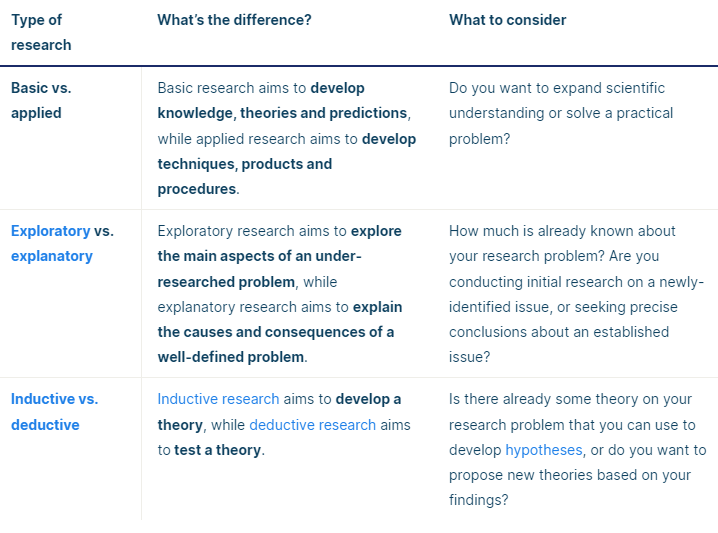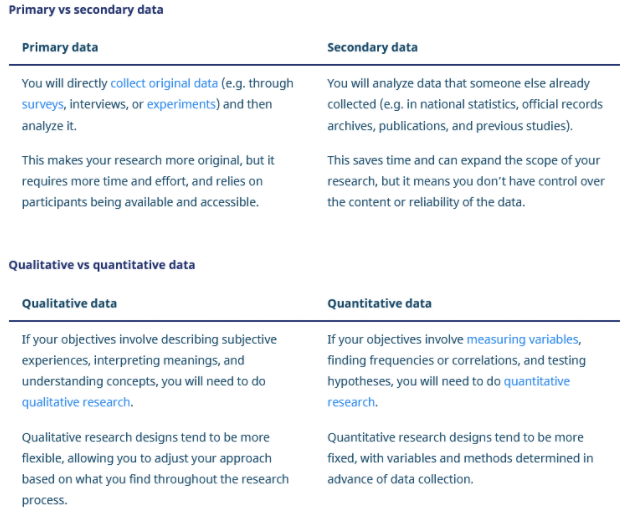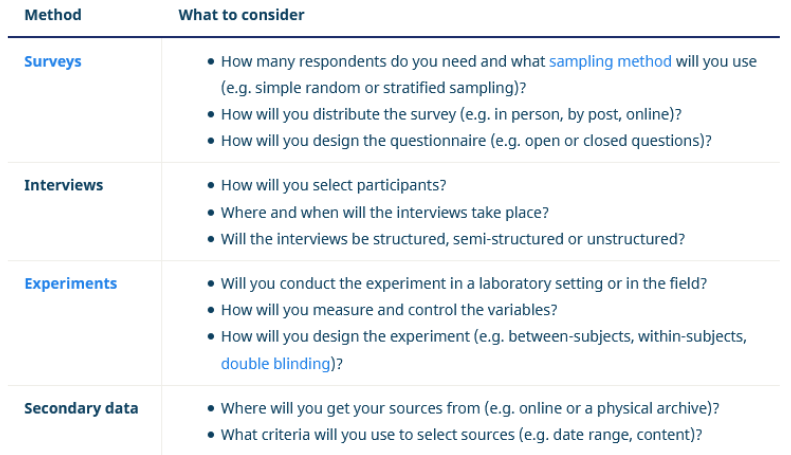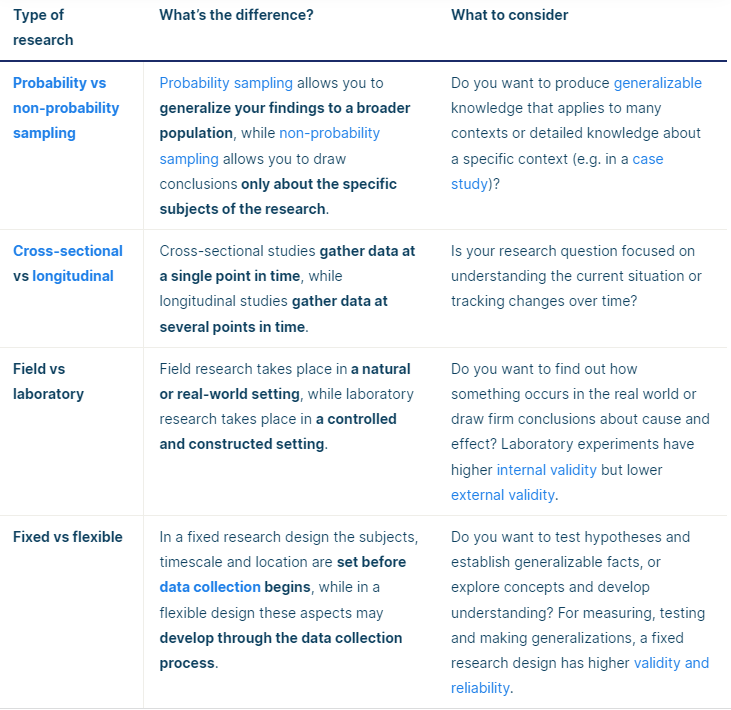Contenus de la page
ToggleHow to define your scientific method
There method scientific is a practical framework to answer your questions of research. Defining the scientific method involves making decisions about the type of data you need, the methods you will use to collect and analyze it, and where and for how long you will conduct your research. Please continue reading to understand the different scientific methods depending on your scientific field.
There are often many possible avenues to answer your questions. The decisions you make will be based in part on your priorities. For example, do you want to determine cause and effect, draw generalizable conclusions, or understand the details of a specific context?
You need to decide whether you will use primary or secondary data and qualitative or quantitative methods. You should also determine the specific tools, procedures, and materials you will use to collect and analyze your data, as well as your criteria for selecting participants or sources.
Define the main lines
As you begin planning a research project, developing research questions, and creating a research plan, you will need to make various decisions about the type of research you want to conduct.
There are many ways to categorize different types of research. The words you use to describe your research depend on your discipline and field. In general, however, the form your research design takes will be shaped by:
- The type of knowledge you want to produce
- The type of data you will collect and analyze
- Sampling methods, timing and location of the research
The first thing to consider is the type of knowledge your research aims to provide.

The scientific method is a framework for planning your research and answering your research questions.
Creating a research plan means making decisions about:
- The type of data you need
- Location and duration of the research
- Participants and sources
- Variables and assumptions (if applicable)
- Data collection and analysis methods
The scientific method defines the parameters of your project: it determines exactly what will be included and what will not be included. It also defines the criteria by which you will evaluate your results and draw your conclusions. The reliability and validity of your study depends on how you collect, measure, analyze and interpret your data.
For math problems
When faced with a problem related tohelp with the decision, the first (and most important) step is to analyze the problem in order to construct one mathematical model. This model responds to a reflection process called “scientific method” which consists of five steps:
- Aspects mathematics : the analysis of the specifications allows us to identify the constraints and objectives of the models. The constraints and objectives must be able toto write using algebra and logic.
- Modelization : following the mathematical understanding of the problem, the modeling step consists of finding the best tool to represent the model. Among these tools, we can cite the graph theory, there game theory, there linear programming, there constraint programming etc.
- Analysis and resolution : following the modeling, you must be able to analyze the complexity in time and space of the model after having modeled it from a point of view algorithmic.
- Implementation and results : we must find the best way to implement the algorithm, whether in programming method or in language, in order to create the most relevant and efficient software possible.
- Deployment of solutions : the last step consists of validating the model created by solving other problems of the same form as the original one.

Which data to choose
This is the type of data you will need to use. Knowledge creation and knowledge extraction depend greatly on your scientific field and the standards of the dedicated scientific method.

Here are some of the most used scientific methods.

Have control over your data
Finally, you need to consider three closely related questions: How will you select research subjects or participants? When and how often will you collect data from your subjects? And where will the research take place?

Choosing between all of these different types of research is part of the process of creating your research design, which determines exactly how the research will be conducted. But the type of research is only the first step: then you need to make more concrete decisions about your research methods and study details.
Write the research proposal
Now that you have determined the problematic, the scientific obstacles and the method to follow, we will have to summarize and formalize all of that!
Finally, after completing these steps, you are ready to write a proposal of research. The proposal describes the context, relevance, purpose and plan of your research.
In addition to describing the background, problem statement, and research questions, the proposal should also include a review of the literature which shows how your project will fit into existing work on the topic.
You may need to have the proposal approved by your supervisor before you begin, and this will guide the process of writing your thesis or dissertation.
The research proposal must address the following points in order:
Why – the general aims and objectives (purpose) of the research.
What – the topic to be studied and the variables included.
Where – the location or setting of the study, i.e. where the data will be collected and to which entity the data will belong.
When – the time frame within which the data must be collected.
Who – the subject of the study and the population from which they will be selected. This population must be large enough to be able to make generalizations.
How – how the research should be conducted, including a description of the research design (e.g. whether it is experimental research, qualitative research or a case study), there methodology, research tools and analysis techniques.
Now you need to start doing an in-depth state of the art. To do this, you need to know how to do it and how to read a scientific paper.